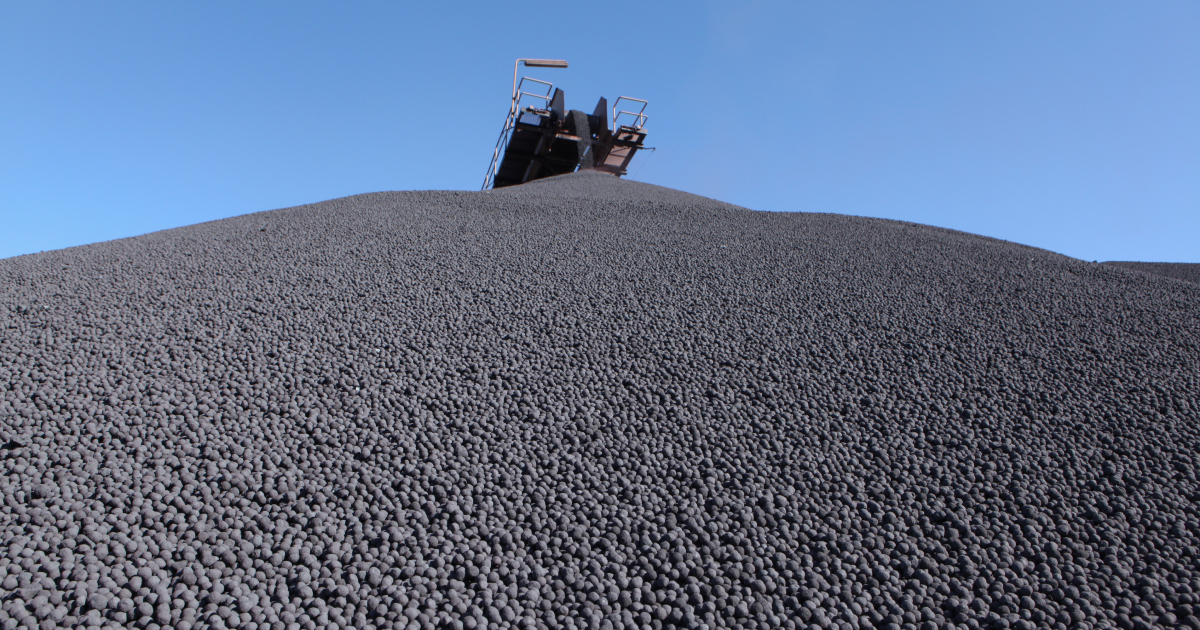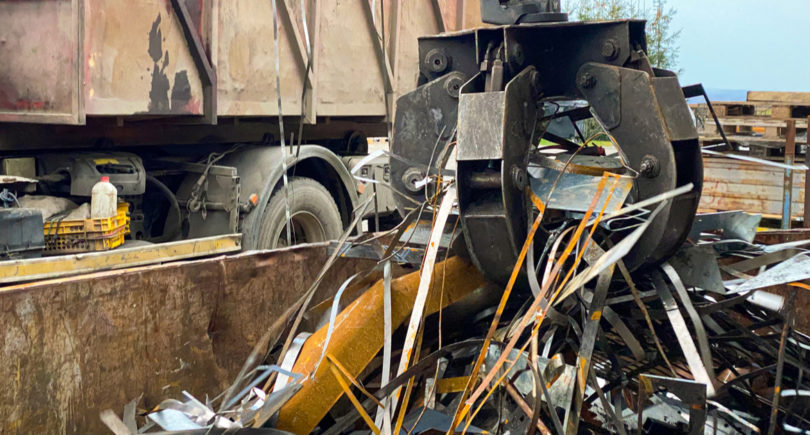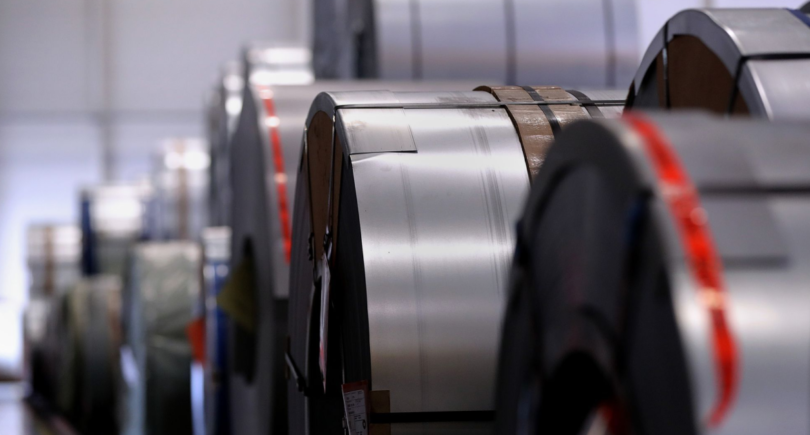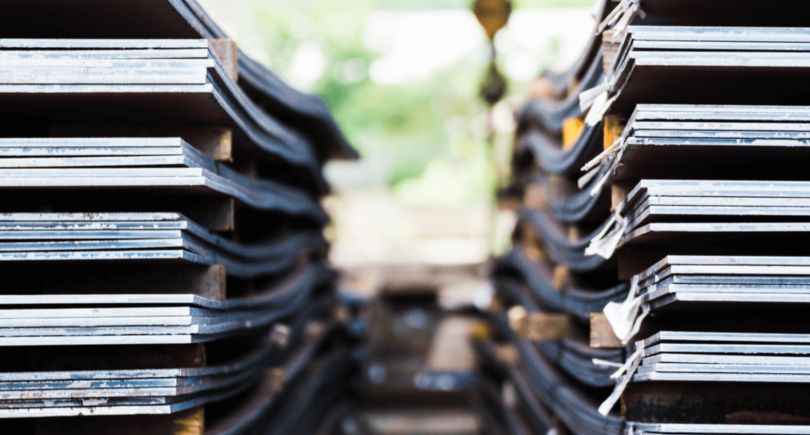
News Global Market DRI 1941 27 May 2024
In March, the indicator fell by 36.6% y/y
In the first quarter of 2024, the European Union increased imports of direct reduced iron (DRI) by 12.7% compared to the same period in 2023, to 716.41 thousand tons. This is evidenced by Eurostat data.
The main importers of direct reduced iron among the EU countries for the period are Italy, Germany, Belgium, and the Netherlands, in particular:
- Italy – 186.25 thousand tons (-17.9% y/y);
- Germany – 217.61 thsd tonnes (+46% y/y);
- Belgium – 50.68 thsd tonnes (-32.9% y/y);
- Netherlands – 122.1 thsd tonnes (19.7 thsd tonnes in January-March 2023).
Russia is the largest supplier of DRI to the EU. In January-March, Russian enterprises shipped 254.54 kt of direct reduced iron to European consumers, down 28.8% y/y.
The main importer of Russian products is Italy – 171.03 thousand tons, down 12.4% y/y. Belgium is on the second place – 50.66 thousand tons (-32.9% y/y).
Libya shipped 108.24 thsd tonnes of DRI to the EU within 3 months, up 7.7% y/y. Venezuela exported 64.38 thsd tonnes of the product to the EU (not imported in Q1 2023).
In March, the EU imported 125.91 thsd tonnes, down 36.6% y/y and 45.6% m/m. The Russian Federation supplied 44.99 thsd tonnes to European consumers during the month (-52.7% y/y, +103.6% m/m).
As GMK Center reported earlier, in 2023, the EU reduced imports of direct reduced iron (DRI) by 11% compared to 2022, to 2.61 million tons. In December 2023, the volume of DRI supplies to European consumers increased by 19.9% compared to the previous month, and by 146.5% compared to December 2022, to 213.12 thousand tons. The largest supplier of DRI is Russia – 1.19 million tons (-21.3% y/y).



